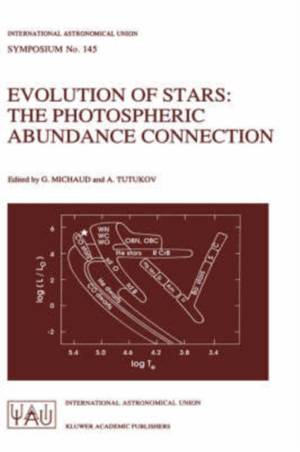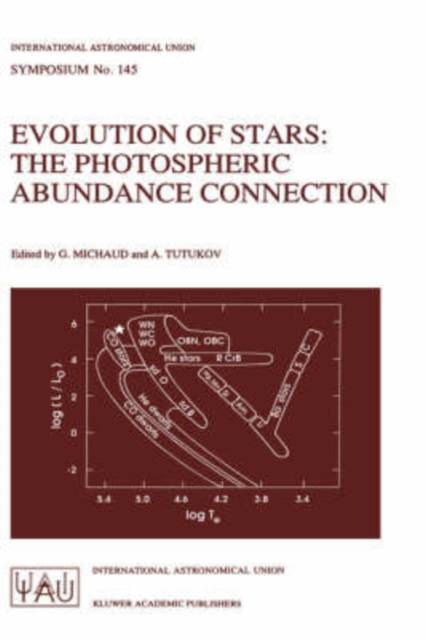
- Afhalen na 1 uur in een winkel met voorraad
- Gratis thuislevering in België vanaf € 30
- Ruim aanbod met 7 miljoen producten
- Afhalen na 1 uur in een winkel met voorraad
- Gratis thuislevering in België vanaf € 30
- Ruim aanbod met 7 miljoen producten
Zoeken
Evolution of Stars
The Photospheric Abundance Connection
€ 335,95
+ 671 punten
Omschrijving
G. MICHAUD Dipartement de Physique Universiti de Montrial c. P. 6128, succursale A Montrial, Que., H3C 317 Canada The aim of IAU Symposium 145 was to use the photospheric abundances of the chemical elements to give us some hint of the past evolution and of the current structure of stars. At the invitation on the Bulgarian Academy o/Sciences, it brought together one hundred and fifty one scientists from 21 countries to 71atni Pjasaci (Golden Sands), Bulgaria, for a five day meeting. The processes discussed included accretion, mass loss, mass exchange, convection, turbulence, meridional circulation, and diffusion in addition to nuclear reactions. Observationally, spectroscopy was involved. New telescopes and instruments have considerably extended the scope of spectroscopy over the last few years. Space telescopes, such as IUE, have allowed the development of far UV spectroscopy. The access to the infrared has proven critical for probing cool stars. Large ground based telescopes have allowed fainter objects to be observed especially when they are equipped with more efficient detectors such as CCDs and Reticons. The co-adding of digitalized photographic plates has extended their usefulness. It has become possible to make high resolution, high signal to noise observations of objects that could only be observed at low resolution in former days. Weak lines can now be measured with accuracy, allowing the precise determination of the abundances of elements as rare as lithium and the determination of precise limits to isotopic ratios.
Specificaties
Betrokkenen
- Uitgeverij:
Inhoud
- Aantal bladzijden:
- 487
- Taal:
- Engels
- Reeks:
- Reeksnummer:
- nr. 145
Eigenschappen
- Productcode (EAN):
- 9780792311270
- Verschijningsdatum:
- 28/02/1991
- Uitvoering:
- Hardcover
- Formaat:
- Genaaid
- Afmetingen:
- 156 mm x 234 mm
- Gewicht:
- 870 g

Alleen bij Standaard Boekhandel
+ 671 punten op je klantenkaart van Standaard Boekhandel
Beoordelingen
We publiceren alleen reviews die voldoen aan de voorwaarden voor reviews. Bekijk onze voorwaarden voor reviews.







